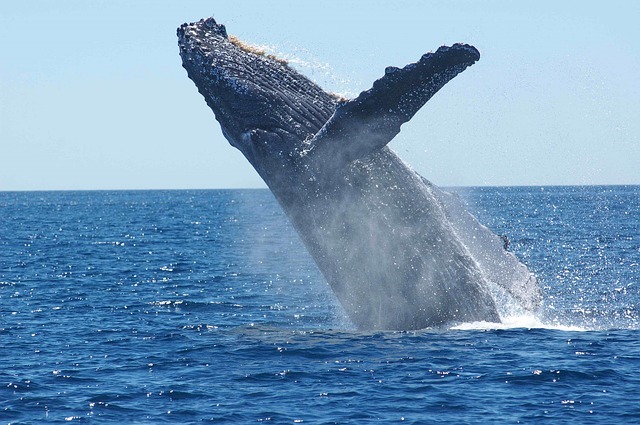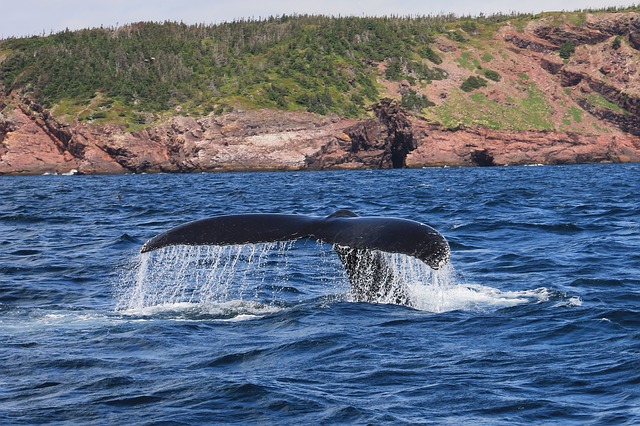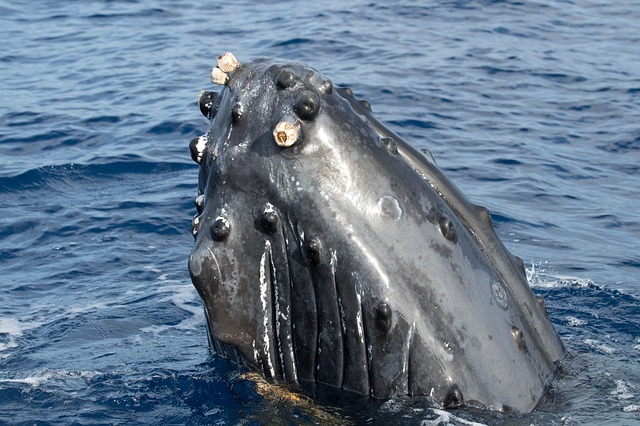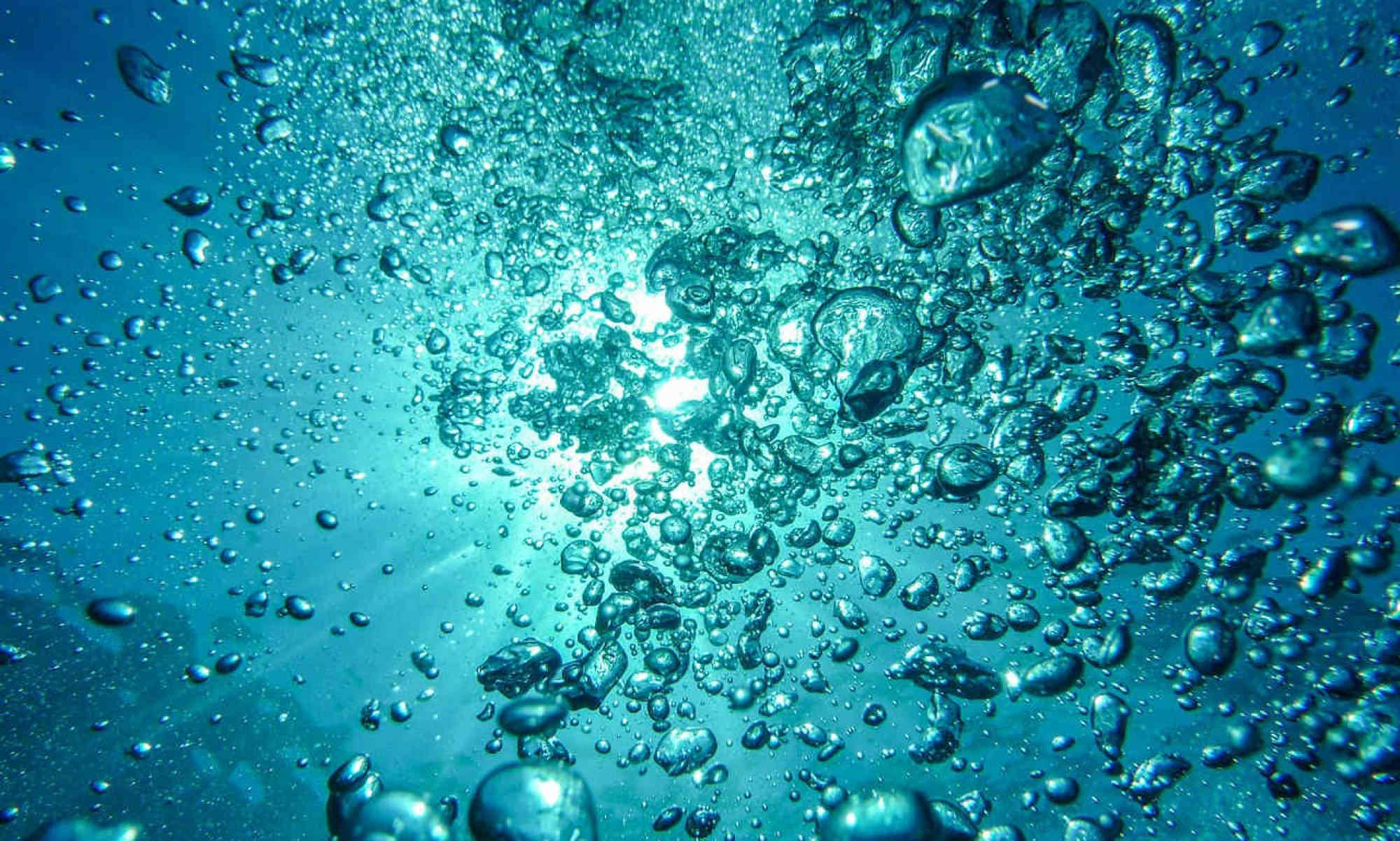
We live in a time when communication is increasingly modern and human beings understand each other less and less. Animals, for example, the whales, use the same ways of communicating for thousands of years and understand each other very well.
Why the communication of whales are so effective?
Recall what is the definition of communication between animals:
Communication is the act that an animal transmits information to another animal, which causes some kind of change in the animal that obtains the information. That works perfectly between the animals and is very intriguing among the whales.
Whales? How do they communicate?
The types of communication most used by whales are:
Auditory cues– sounds
Visual cues – acrobatic movements
Echolocation
The communication by sound is the most common within the species of whales. They have a very intriguing method of communicating known as “echolocation”.
Echolocation consists of the emission of sounds that are expanding throughout the water to reach the recipient of the message. They are able to get their sounds to travel for miles as the sound waves move along in the water.
How do Whales comunicate over long distances?
The sounds of whales travel so far because water is an excellent sound conductor. Much better than the air. It can drive at a speed of approximately 1,500 m / s, more than 4 times that of air.
Clicks are part of the basis of such communication. These clicks are of different lengths and repetitions and help the whales to navigate through the ocean in addition to the form of communication as well.
Marine biologists at the University of Southern Denmark observed that individual sperm whales communicate individual messages to other individual members of the group. Like they were talking about something to a particular whale.
Like Morse code, these messages consist of a series of clicks in a variety of combinations. For example, such as four long clicks followed by two short ones. The scientists recorded 21 different messages, or click sequences. That is amazing !!! If you wonder what the whales were saying … Ups … the reality is that the messages could not be deciphered.
This communication system is very useful in all aspects since on the one hand, some whales do not have a developed ear like ours, so they feel the vibrations that the sound emits under the water in their skin, capturing the transmitted message.
The whales, being social animals and that usually travel in groups, called pods, for a large part of their lives, need a method with which to inform not only of the possible risks that may be found along the way, but also to locate where another is member of your group that may have been lost.
The Whale Singing
Humpback whales have another form of communication. This is the song. It is called singing because observers listen for a long time to find repeated patterns in them. It’s almost like a written letter that then comes to a family choir. They are more apt to sing these songs when they are migrating and mating. These songs can last up to 30 minutes. It is believed that sounds can travel up to 100 miles from the location of the humpback whale that created it.
Since there are so many types of whales, the division between their behaviors tends to be even more diverse. However, the researchers show that the differences in behavior and sounds have more to do with their group and the place of residence than what type of whales they are concerned with.
Apparently, the communications of whales increase during the mating season. Males often sing low songs to females as a way to woo them. Some researchers also believe that these low songs serve as a warning for other males in the area to stay away. The males emit different sounds to attract females, unlike human beings, the whales use different words to say the same things.
How does not the air end while they sing?
If they are not fish, therefore they do not breathe underwater, how can it be that they do not run out of air while they emit their songs?
Studies have revealed that whales have folds (vocal cords) in their voice boxes. Like us, these probably vibrate when the air moves over them, producing sound.
Unlike humans who emit sound through the air that passes through the vocal cords, while those of a whale are more complex structures that come together in special bags that line their throat. It has been suggested that, when underwater, air can move between these sacs and lungs, allowing whales to sing without losing air.
Whispers between Mother and baby Humpback Whales
Researchers in Western Australia found that the babies and their mama whales emitted faint squeaks and grunts that could only be heard about 330 feet away while communicating. The vocalizations were 40 decibels lower than male whales, whose calls can be detected kilometers away.
The whispering serves several purposes. Not only does it hide the presence of the calf from killer whales lurking nearby, but it could also keep the mother and baby hidden from randy male humpbacks, who often seek mates and interrupt important nursing time.
Acrobatic of Whales
We can not fail to mention another form of whale communication that is a spectacle for any spectator.I am referring to the acrobatic movements of the humpback whale.
In many places in the world, tourists attend just to see that show. It seems that they are dancing, greeting or even observing us but in reality, they are communicating with each other or with other pods.
We can define their movements in:

Breaching: acrobatic jumps out of the water.
In a report, published in the journal Marine Mammal Science, explains these jumps are a way to communicate with another group of whales that is more than 4 miles away.
They also occur when the weather is adverse since the sounds are dispersed and hardly reach their recipients. In this way, they spread the noise of the jumps at greater distances in the sea.
Peck Slap or Pectoral Slap
The whales raise one or both pectoral fins clear of the water and slaps them on the water surface.
Tail Slap
The whale lifts its tail clear of the water and slaps it on the water surface. To do this the whale usually hangs vertically in the water with just its tail above the surface, it then uses its muscular tail to beat the water.
Tail slapping may be to communicate with other whales nearby, scare prey, defense or display.

Tail Throw
A tail throw is a very energetic and violent action where the whale virtually pivots on its head and violently swings its tail and peduncle (rear part of its torso) clear of the water and crashing them onto the water with terrific force. Tail throws usually take place as part of the mating activities and may be in response to the challenges of a competitor.
The flutters and movements of the tail, however, prevail when the members of a group are separated or when a new individual is added to the group. According to the researchers, it would be an interactive communication that complements the vocalizations.

Spyhopping
When a whale wants to see something above the water it can raise its head clear of the water and take a peak. Usually, it holds itself vertically in the water so that its eyes are clear of the water. This behavior is very common amongst Orcas when they are hunting seals that are resting on top of the sea ice. Humpbacks are also known to do this out of curiosity when they want to check out a nearby whale watching boat. I wonder who will be watching who, you don’t?
What has been determined and agreed among all researchers and scholars about the communication between whales is that there is still much to discover and find out about these sounds, from the frequency in which they perform and also all their meanings.
But we are not scientists or biologists … only curious and admirers of these giants of the oceans. Why not organize a trip to any of those places and see with our eyes and hear with our ears that show that nature has prepared for us?
Soon on this site, you will find a guide of all the places in the world that we can visit and the months that the whales are there.
That way we can look for the closest place or another we want to know.
Communication of the Beluga Whales
They call them ‘canaries of the sea’. The beluga has a complete repertoire of gurgles, clicks, shrieks, and laughter, which can be heard in and out of the water.
They emit up to 600 sounds per hour. His repertoire of sounds corresponds to moods.
They identified 10 sounds, rather grunts, related to warning signs in situations of competition, boredom, and anger.
Other sounds linked to courtship and courtship have also been found, as soft and melodious whispers of the male.
The belugas are capable of reproducing any sound as if they were real marine parrots. Those who investigate it managed to identify and distinguish no less than 32 different types of sounds.
Some are tonal, like our whistles. Others are pulses, similar to human applause and that the belugas produce when clashing their jaws. The belugas mix whistles and clicks at will, following certain communication patterns.
You may also like…
Crafting is an enjoyable activity and more enjoyable if whales are involved. Whale craft is the activity preferred for those who love whales, nature, and crafting. Come to ofwhale.com and begin your whale adventure craft.
Access our wide whale book store where you can find excellent books for children and for adults, novels, biology, adventures books about whales. Discover this magnificent world reading the pages of the preferred books of whale lovers like you.
Are there any of the classic movies that you do not have yet? Think about those family, adventure or killer whale movies that you would enjoy to watch again and again. Ofwhale.com shows you a selection of those movies.
You want to go further than just follow the first step by step tutorials about whale drawings. Ofwhale.com is the place where you can find books and models you need to go deeper into the ocean and learn to draw your preferred whales and marine creatures.




